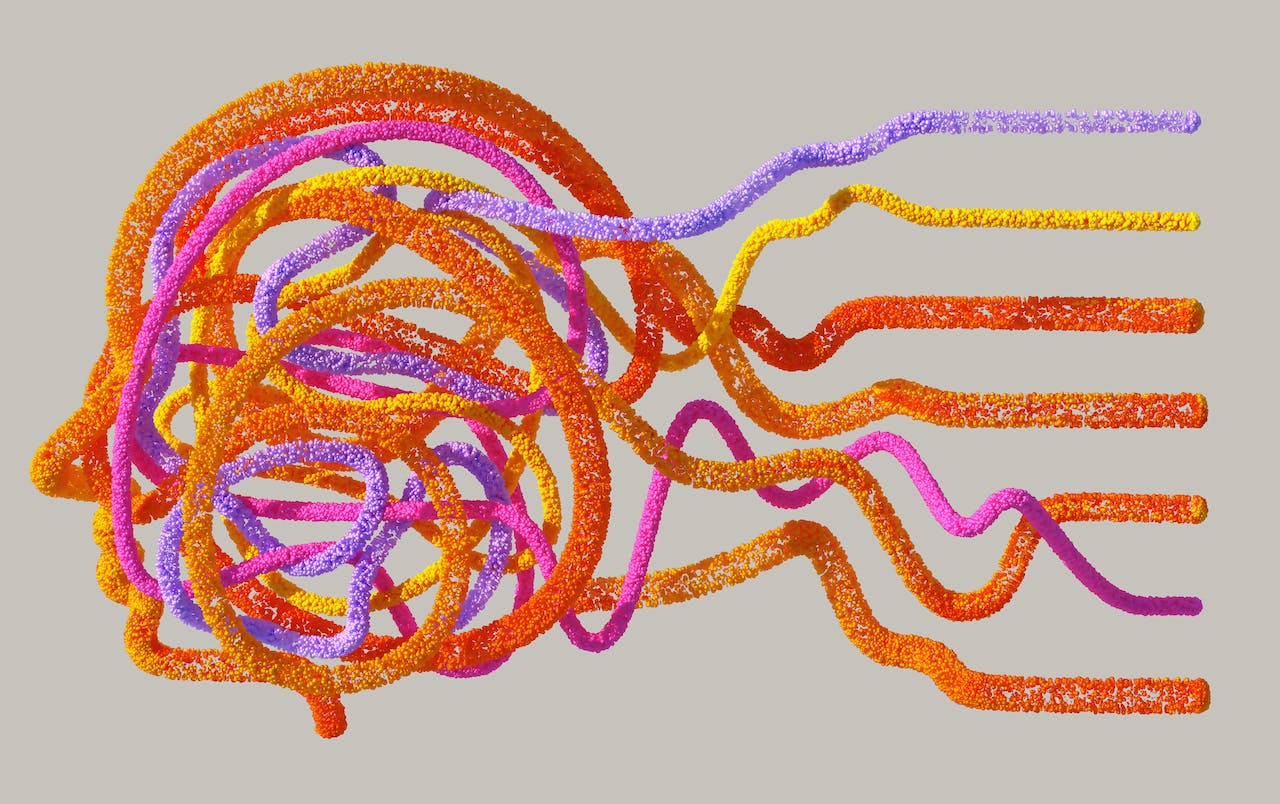
The cognitive phase of instruction is the first stage of learning a new skill, during which the student gains fundamental knowledge and understanding of the task.
The student requires clear and precise information, feedback, and guidance from the instructor or the environment throughout this period. The student must also pay attention, observe, and conceptually analyze the material. Large improvements in performance and inconsistent performance characterize the cognitive phase.
The instructor must watch and guide the student in these tasks, correcting, without being overly critical towards the student, to ensure proper form without being overbearing.
A bit more Miyagi, less Kreese.
Role of Cognitive phase in Martial Arts
The cognitive phase of education is especially critical for movement and martial arts, which entail complicated and coordinated activities that demand precise time, balance, strength, and agility.
Movement and martial arts also contain cultural, historical, and philosophical dimensions that improve the learning experience. During this phase, the student must master the fundamental movements, postures, techniques, and principles of the chosen art form. The student must also acquire a mental image of the skill (movement, strike or footwork) as well as a sense of awareness.
The importance of the cognitive phase
The cognitive phase of instruction has an incredible impact on the subsequent stages of learning and the end result of skill development. If the student receives incorrect or inadequate information, feedback, or direction during this phase, they may establish broken mental models, undesirable habits, or misconceptions that may impede their progress and success.
According to the law of facilitation, once an impulse has traveled through a specific set of neurons, it will tend to take the same path again and again, with less resistance each time. This means that the neuronal connection develops a roadway to the path of least resistance (the learned path from repetition), and that the body develops habitual behaviors through this set path of neurons.
As a result, if the student learns a skill with incorrect form during the cognitive phase, they will reinforce that form and make it more difficult to correct later.
It takes only 300 to 500 repetitions to create good form, while it takes 3,000 to 5,000 repetitions to correct the improper neural pathway. As someone that has seen a lot of bad habits, whether through video games, movies or simply bad teaching, this is imperative.
How to start the journey on a good path
To avoid these undesirable outcomes, the student must get correct and relevant information, feedback, and direction throughout the cognitive phase of instruction.
The instructor should give clear demonstrations, explanations, and instructions that are appropriate for the student’s level of comprehension and competence (think white belt vs a brown belt).
Also, the instructor should keep track of the student’s development and provide timely and detailed comments to assist them improve their form and fix their mistakes. The student should practice the skill with focus, intention, and attention, and seek feedback from their instructor.
In addition, the student should compare their performance to a model or benchmark and change their activities accordingly (with the guidance of their instructor).
In conclusion
The cognitive phase of training is critical in learning a new skill, particularly in movement and martial arts. It establishes the groundwork for future learning and development. Students can optimize their learning process and attain their goals by following the ideas and methods indicated by their instructor.



